The Most Beautiful Gardens In The World
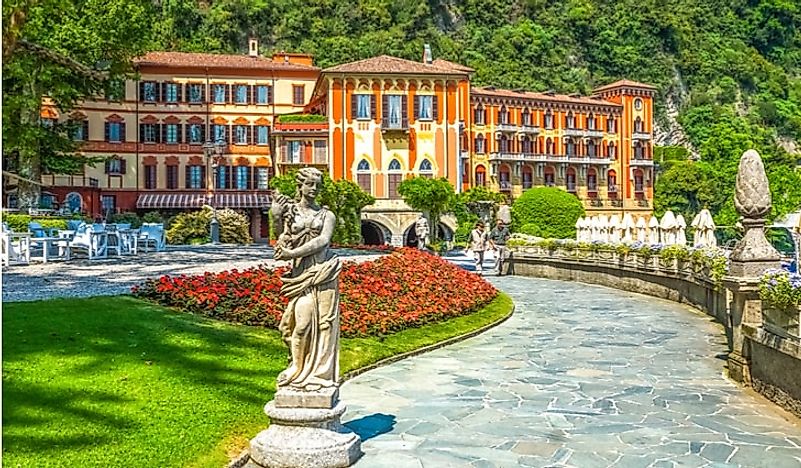
10. Butchart (Canada)
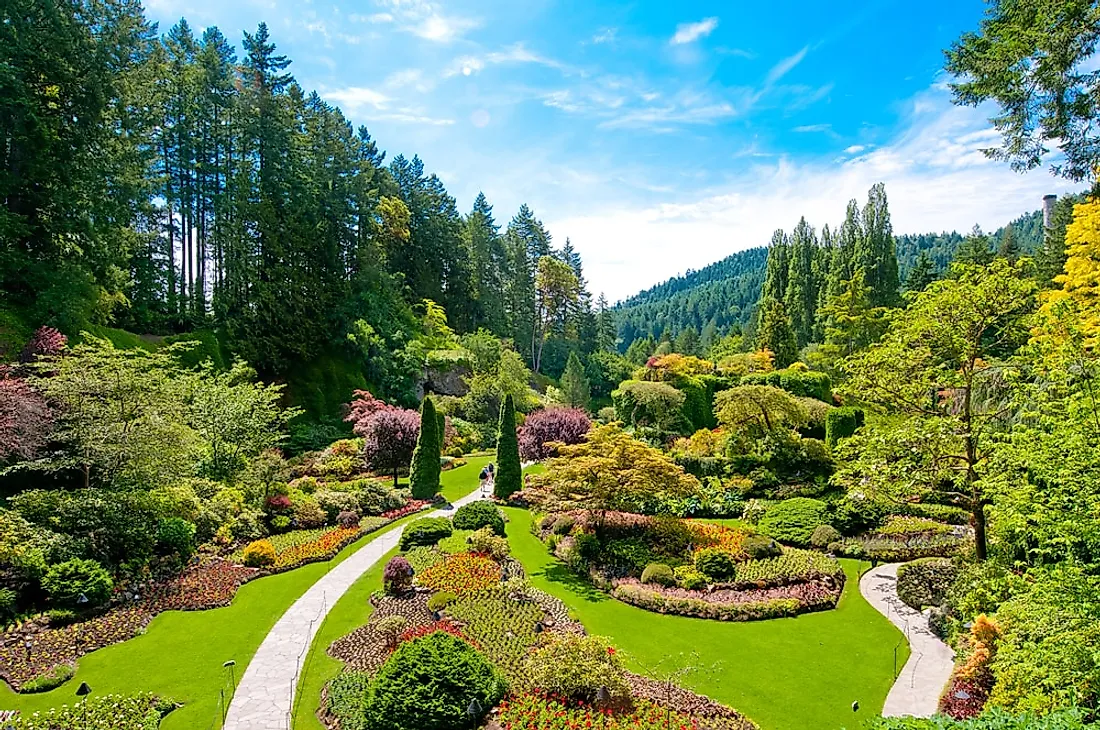
The Butchart Gardens is a group of spectacular floral gardens, a brainchild of Jennie Butchart, the wife of a pioneering industrialist, Robert Pim Butchart. The gardens are located in Brentwood Bay on Vancouver Island near Victoria, the capital city of the Canadian province of British Columbia. In 1909, when her husband’s mining company had exhausted a limestone quarry of its minerals, Jennie Butchart decided to build something productive out of the wasted quarry site. She, with her husband’s constant support, started building a Sunken Garden out of the ruins. In 1921, the garden was completed and soon started attracting visitors.
More gardens were built by the couple at their home when they replaced their tennis courts with an Italian garden and built a rose garden to replace their humble kitchen garden. All these gardens were handed over to their grandson as a valuable legacy. The successors of the Butcharts ensured that Jennie Butchart’s dreams turned into a reality and today, millions of visitors visit the Butchart Gardens in Canada, marveling at its beautiful blooms and relaxing in its peaceful atmosphere. Several statues of animals and birds are also housed in the gardens. Fireworks and musical entertainments are regularly held at the garden venue during summer season and the winter holiday period.
9. Château de Versailles (France)
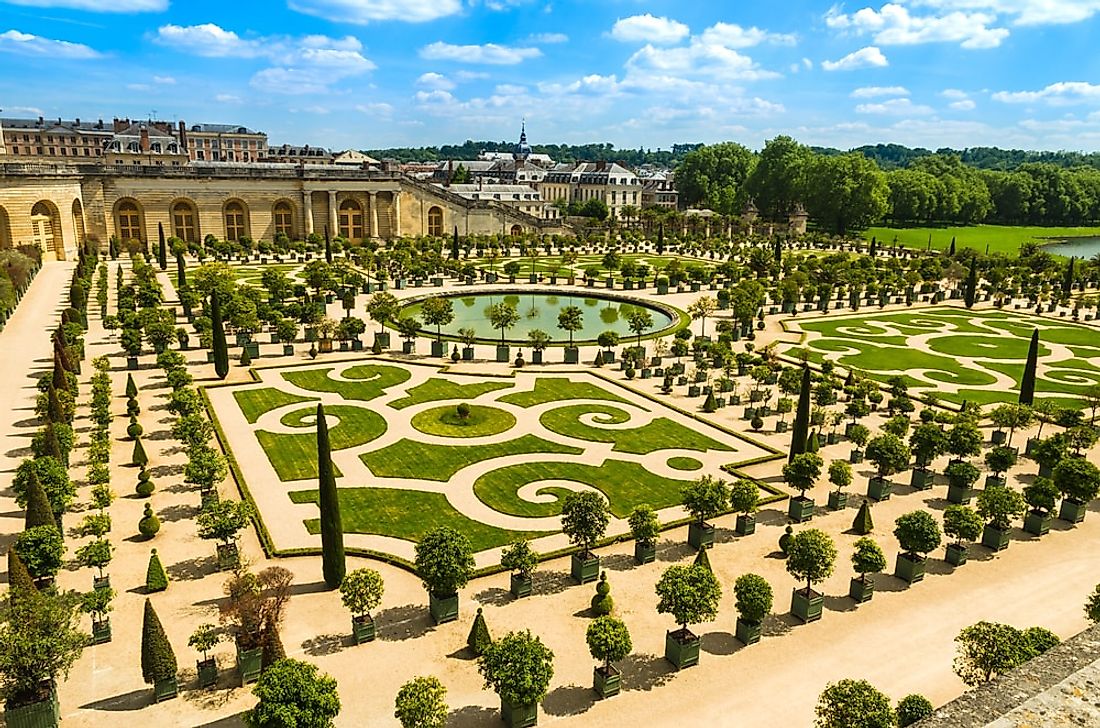
The Gardens of Versailles are located to the west of the château of Versailles in Versailles, France. The sprawling gardens occupy an extensive area of around 800 hectares of land, encompassing well manicured lawns, vast stretches of flower beds, fountains and other water features and impressive statues. The entire design of the gardens is based on the classic French Garden style which is very well represented here by the principal gardener and landscape architect of King Louis IV of France, André Le Nôtre. The palace and its gardens were inscribed on the prestigious UNESCO World Heritage List in 1979.
8. Dumbarton Oaks (U.S.A.)
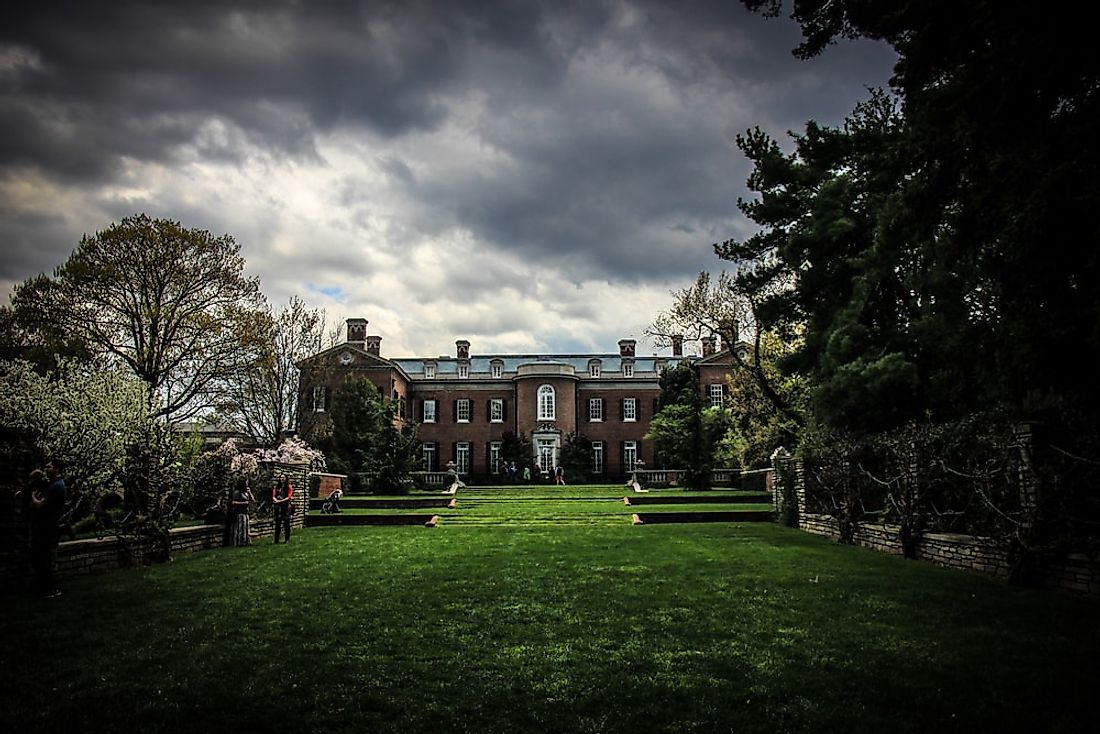
The former residents of the Dumbarton Oaks estate expressed their love of nature in the form of the magnificent gardens in the estate that continue to inspire the awe of visitors to this date. The estate, located in the Georgetown neighborhood of Washington D.C. in the USA, was the original home of an American diplomat and art enthusiast, Robert Woods Bliss and his wife Mildred Barnes Bliss. Under the able supervision of Mildred Bliss, the estate’s farmlands were converted into an eye-catching landscape of terraced gardens leading the way to open recreational zones and finally blending with nature’s own reserves of verdurous meadows and picturesque streams. The recreational zones had tennis courts, water pools, orchards and vegetable gardens. The entire landscape was carved out by the skilled Beatrix Farrand, a landscape gardener hired by the Blisses.
7. Kew Royal Botanic Gardens (United Kingdom)
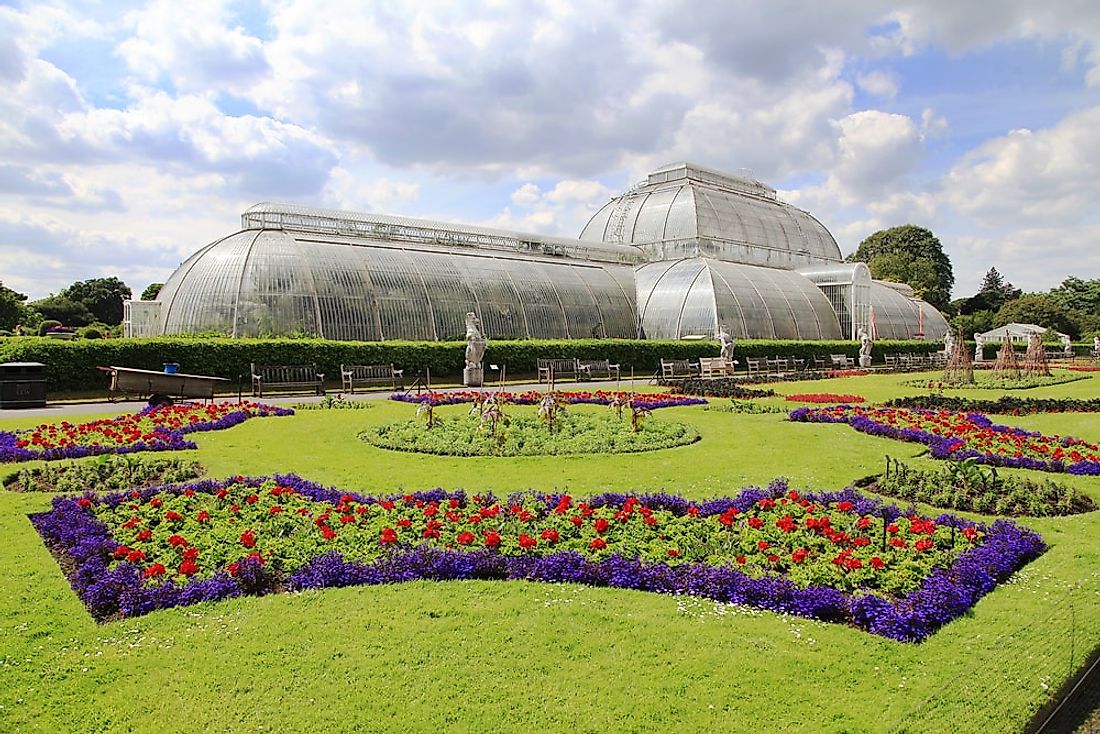
The Kew Royal Botanic Gardens is a massive collection of living plant specimens from around the world, including many rare and threatened plant species. Originally started as an exotic collection of plants at Kew Park by a British aristocrat, Lord Capel John of Tewkesbury, the modern day Kew Gardens occupy an area of 121 hectares of land in the London Borough of Richmond upon Thames in the United Kingdom. The management of the property and the gardens is the responsibility of the Royal Botanic Gardens, Kew. Currently, the Kew Gardens hosts nearly 30,000 types of plants, 7 million preserved plant specimens and an extensive collection of scientific literature based on plants in its impressive library.
6. Powerscourt (Ireland)
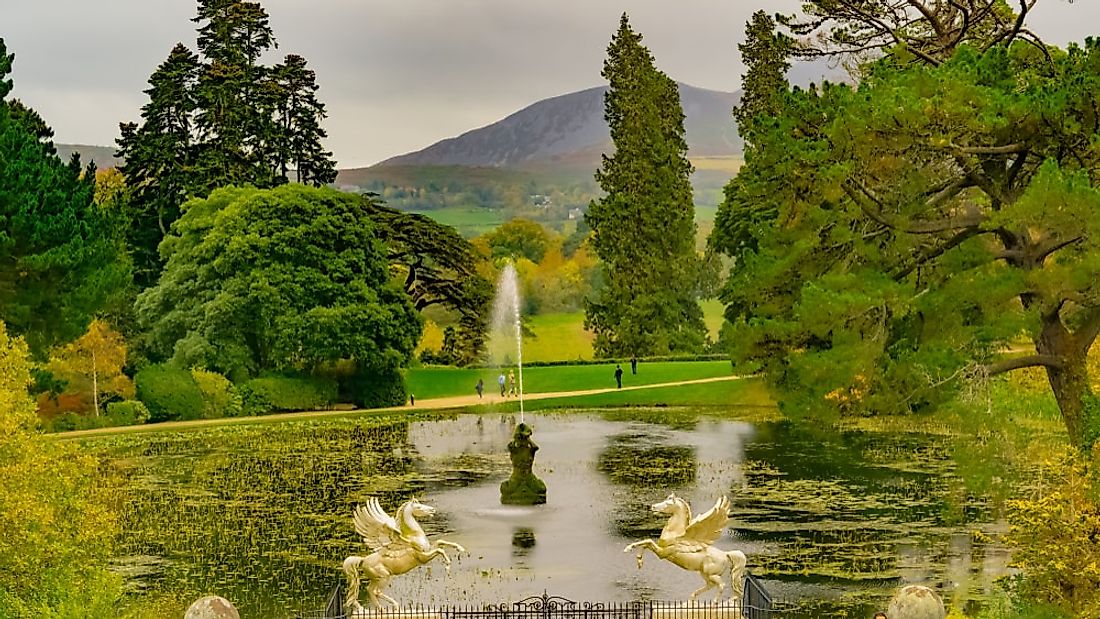
The Powerscourt Estate is a sprawling estate located in Enniskerry, County Wicklow, Ireland. The landscaped gardens of this estate is known to be one of the most beautiful gardens of the world which was completed over a period of 20 years and opened in 1880. Inspiration for the gardens was drawn from the Schönbrunn Palace and Palace of Versailles. The main features of the property and the grounds of the estate include a Japanese themed garden, a lake named after the mythological Greek God, Triton, walled gardens, an Italian themed garden, and a dolphin pond.
5. Sans Souci (Germany)
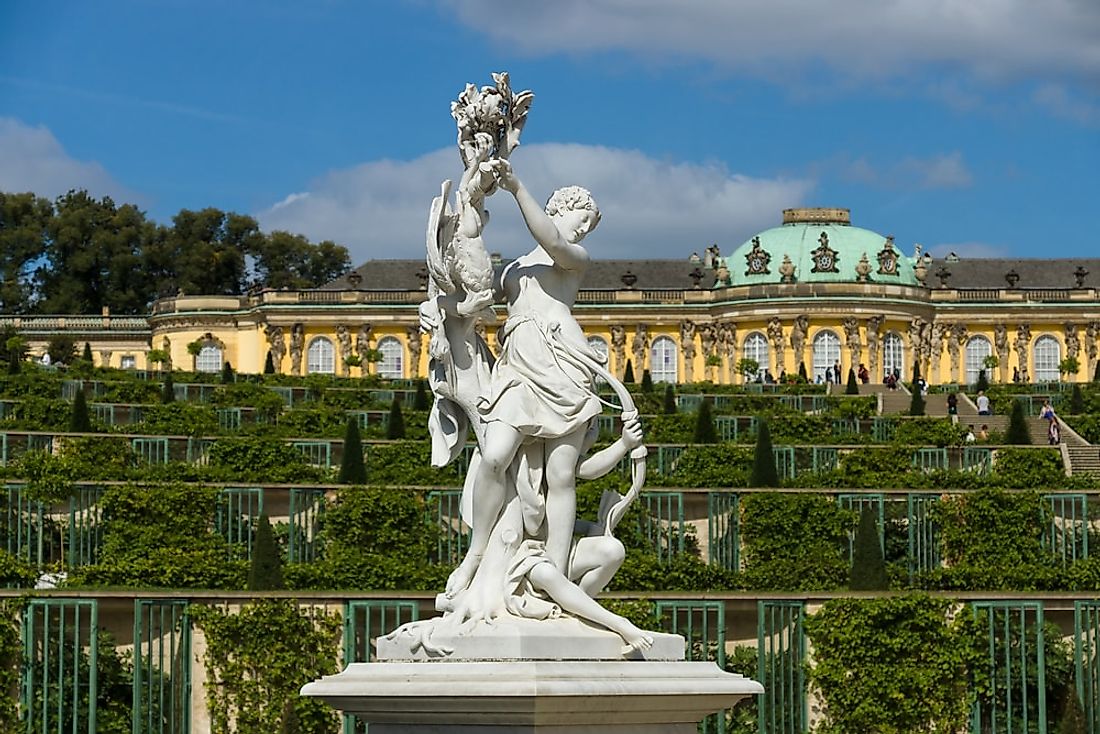
The 18th Century Sans Souci gardens of Germany, located in Potsdam near Berlin, is a major crowd puller to this date. The gardens were commissioned by Frederick the Great, the King of Prussia. The King turned his desires of having a terraced vineyard on the bare southern slope of Bornstedt Hills, into a reality. Work on the Sans Souci gardens started on August 10th, 1744, and soon trellised vines from other parts of Europe were brought in to grow in the carved terraces of the hill. Besides the vines, yew trees and figs were also planted in the terraced slopes and niches carved out in the supporting walls. The terraced vineyards ended at the base of the hill where a Baroque ornamental garden and a water body with a fountain created a majestic spectacle. A number of ornamental marble statues and a nearby kitchen garden are other notable features of the Sans Souci gardens.
4. Stourhead (United Kingdom)
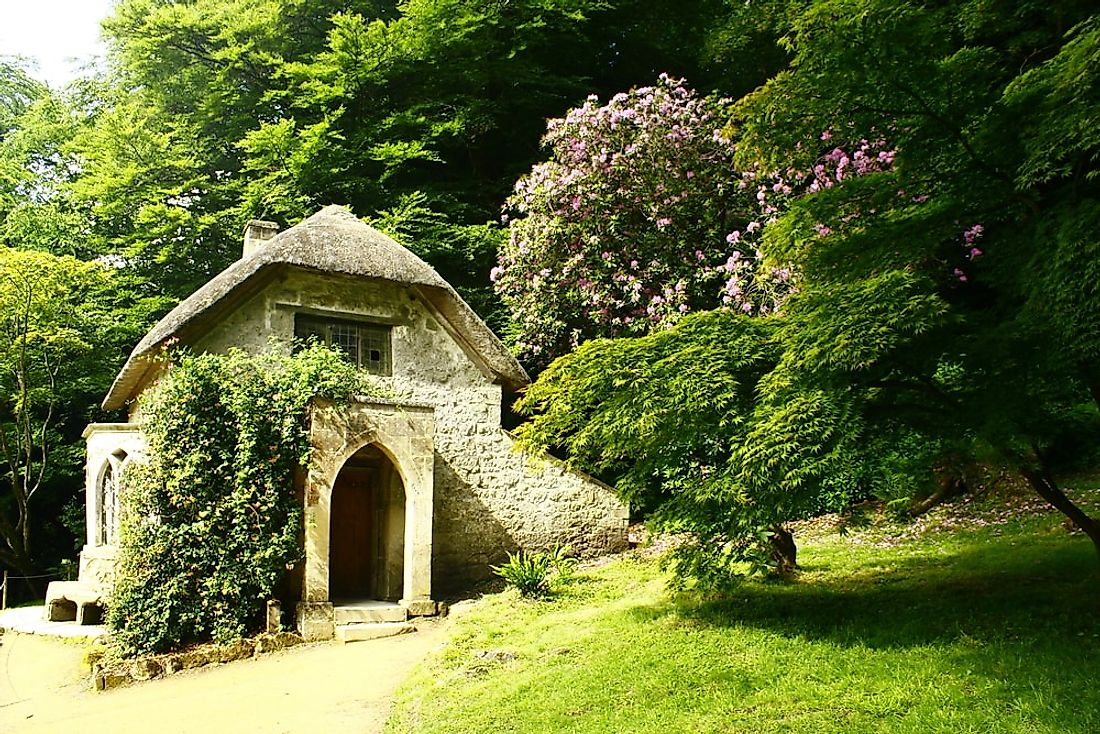
The 2,650-acre Stourhead estate in Wiltshire, England hosts one of the most beautiful gardens in the world. Located near the mouth of the River Stour, the gardens of the estate offer a spectacular extravaganza of colorful flora, water features, monuments and architectural marvels of the 18th Century. The gardens were laid out in the classical 18th Century theme surrounding an artificial lake created by damming with inspirations in design sought from the work of famous painters like Claude Lorrain, Gaspard Dughet, and others. Several temples, an obelisk, the Bristol High Cross, King Alfred’s Tower, are some of the landmark features of the gardens of Stourhead.
3. Villa d'Este (Italy)
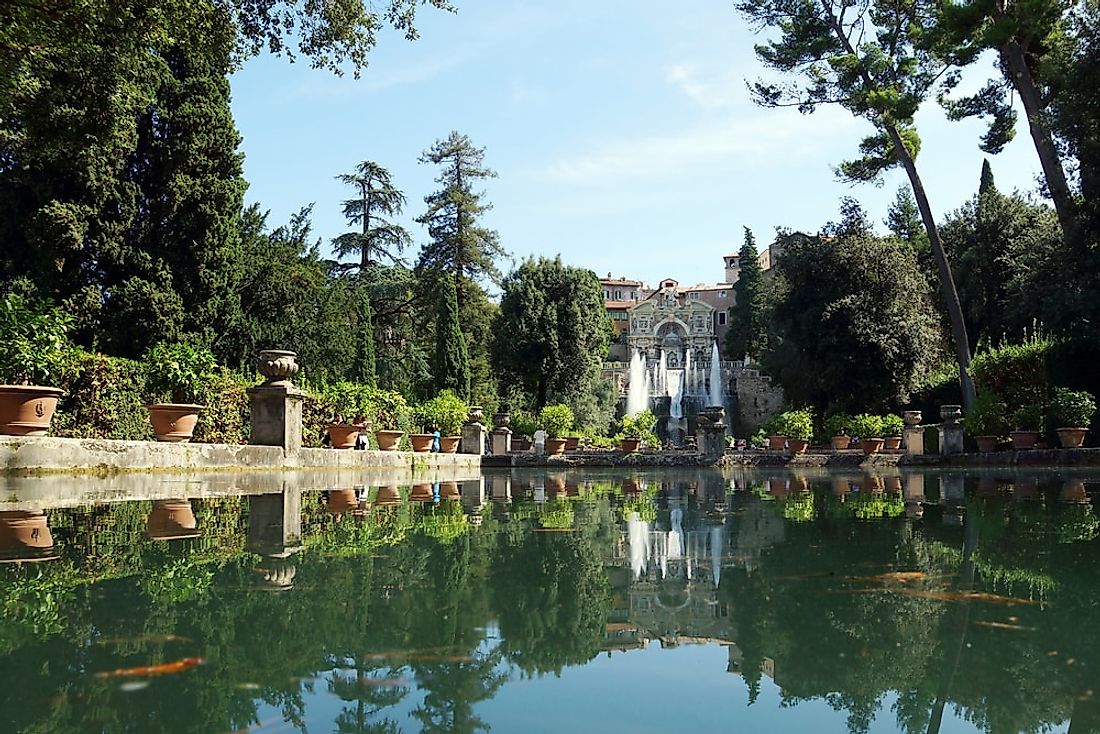
The gardens of the Villa d’Este in Tivoli, Italy, considered to be a masterpiece of Renaissance culture, architecture and design, have been recognized as a World Heritage Site by UNESCO and is also a member of the Grandi Giardini Italiani, an association of the best gardens of the country. The terraced gardens of the property have a diverse collection of flora, including roses, jasmines, rhododendrons, camellias, palms, magnolias, chestnuts, and others. The water features include fountains, waterfalls, water basins, pools, troughs, water jets, and rippling water cascades, as well as frescoes and pebble mosaics and nymphaeum. These all add to the beauty and glory of these gardens of Villa d’Este. The gardens and the villa were commissioned to be built by Cardinal Ippolito II d'Este in the 16th Century. After being owned privately for several centuries, the Villa d’Este and its gardens were finally acquired by the Italian state post World War I, and since then has become a popular tourist destination in the country.
2. Villa Éphrussi de Rothschild (France)
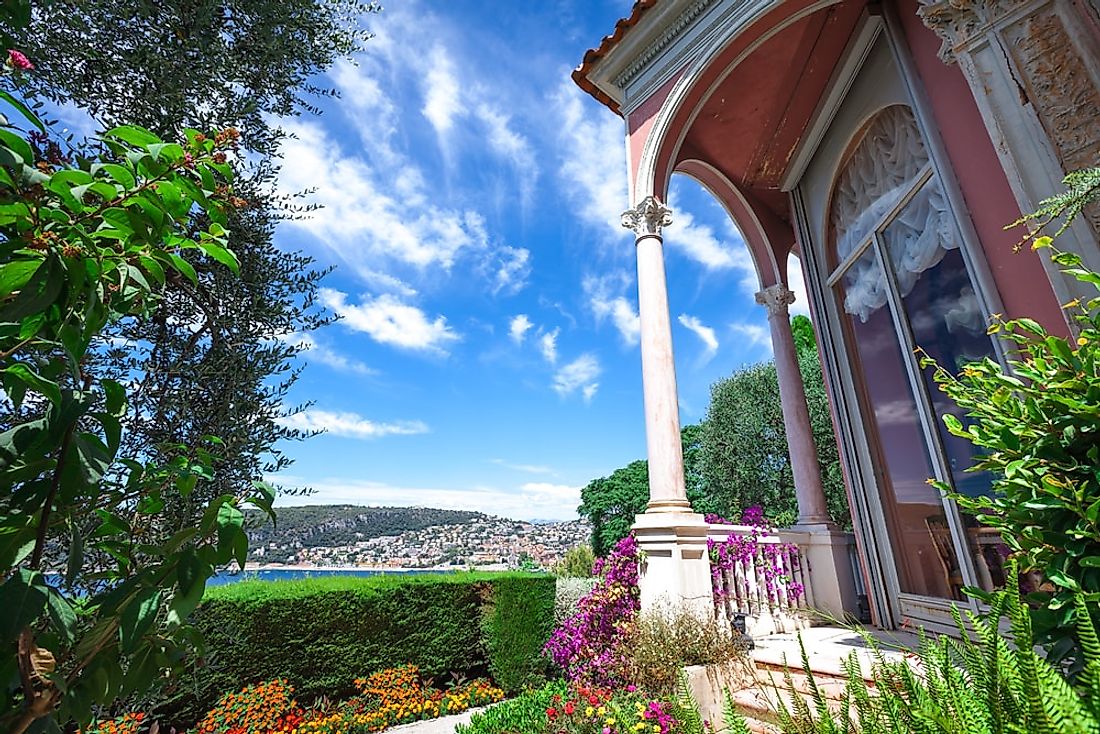
These seaside gardens are but one of the many fantastic scenes to be seen along the French Riviera. Members of the Rothschild banking family established the estate in the early 20th Century. There are nine distinctive gardens surrounding the villa, each with their own unique themes. The themed gardens include an exotic garden, a Florentine garden, a French formal garden, a Japanese garden, a Provencal garden, a rose garden, a Garden de Sevres, a Spanish style garden, and a stone garden. The French formal garden is the largest, complete with all manner of aquatic plants and statues arranged in the iconically symmetrical Francaise fashion.
1. Wangshiyuan Garden (China)
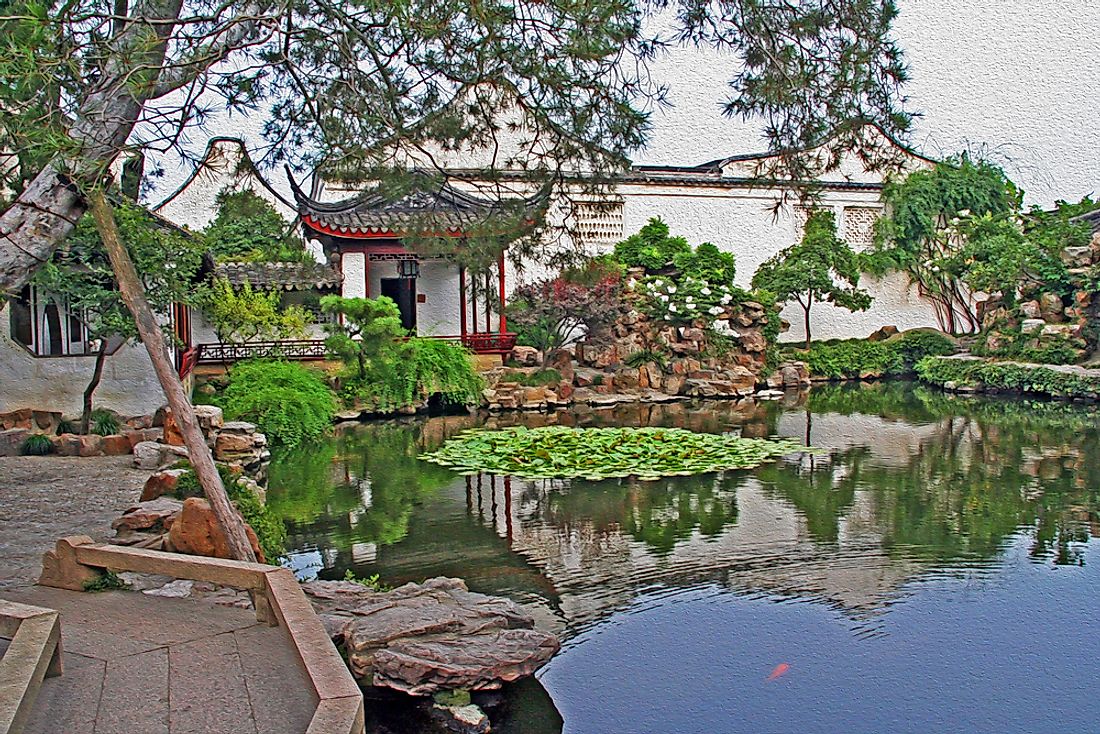
The Wangshiyuan Gardens or the Master of the Nets Garden, located in the Gusu District of China, is well known for its spectacular beauty and together with other Suzhou gardens is regarded as a World Heritage Site by UNESCO. The gardens originated from the time of the Southern Song Dynasty (1127-1279) when the property served as the residence of a powerful official of the dynasty. The Wangshiyuan Gardens property is divided into three primary sections, a residential area, the western garden area and the inner gardens. A pond forms the dominant feature of the main garden and decorated pathways and aesthetically designed buildings lead from the pond in all directions. A pavilion is hosted within the pond which is accessible by a short bridge.











